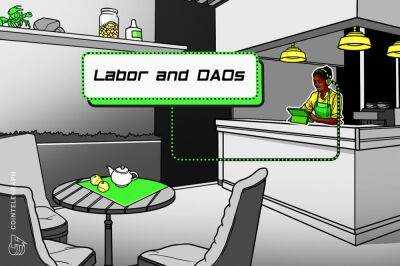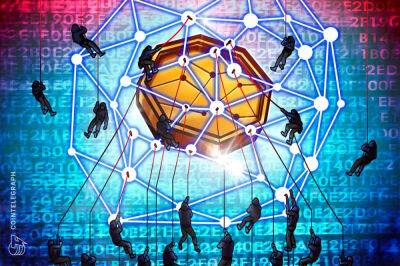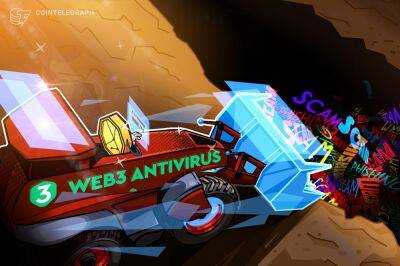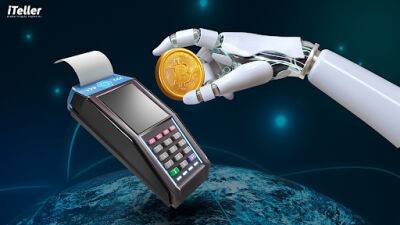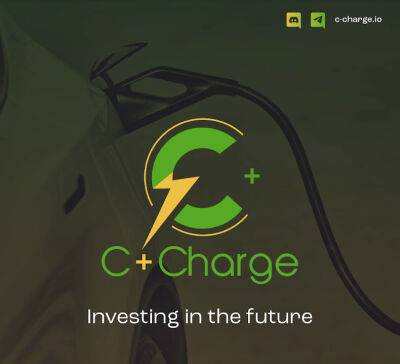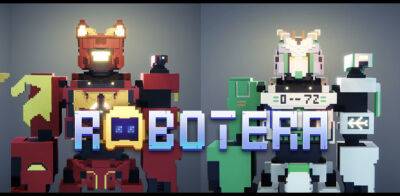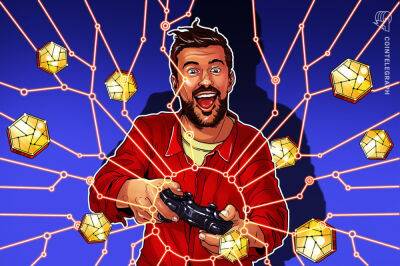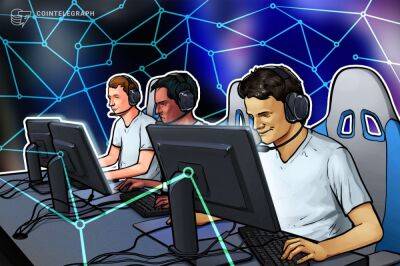How Web3 DApps can change the world
Decentralized applications, or DApps, have been touted as the future of Web3. But what big problems do DApps address? How do they solve them? And what types of DApps could benefit consumers in the future?
In Web2, we’ve become accustomed to using centralized, cloud-based apps. As such, many of us have become desensitized to the problems associated with centralized apps, including:
DApps can solve the above problems because they are decentralized.
There are a lot of apps that claim to be DApps, but they’re not truly decentralized. Let’s explore what a DApp really is:
Join the community where you can transform the future. Cointelegraph Innovation Circle brings blockchain technology leaders together to connect, collaborate and publish. Apply today
Here are some ways I envision DApps improving the consumer experience:
In Web2, consumers visited centralized servers, and their data was often collected, mined, sold, violated and breached. In Web3, I envision consumers downloading DApps to their own devices. All data generated by the DApp would reside on their device and be owned by the consumer. This would give consumers much more control over their own privacy.
For consumers, DApps offer better privacy and more control. These are powerful forces of nature and why Web3 DApps can change the world.
Xinglu Lin is CEO and Co-Founder of Fog Works, Inc., a Web3 application and device company based in Sunnyvale, CA.
This article was published through Cointelegraph Innovation Circle, a vetted organization of senior executives and experts in the blockchain technology industry who are building the future through the power of connections, collaboration and thought leadership. Opinions expressed do not necessarily reflect those of
Read more on cointelegraph.com


